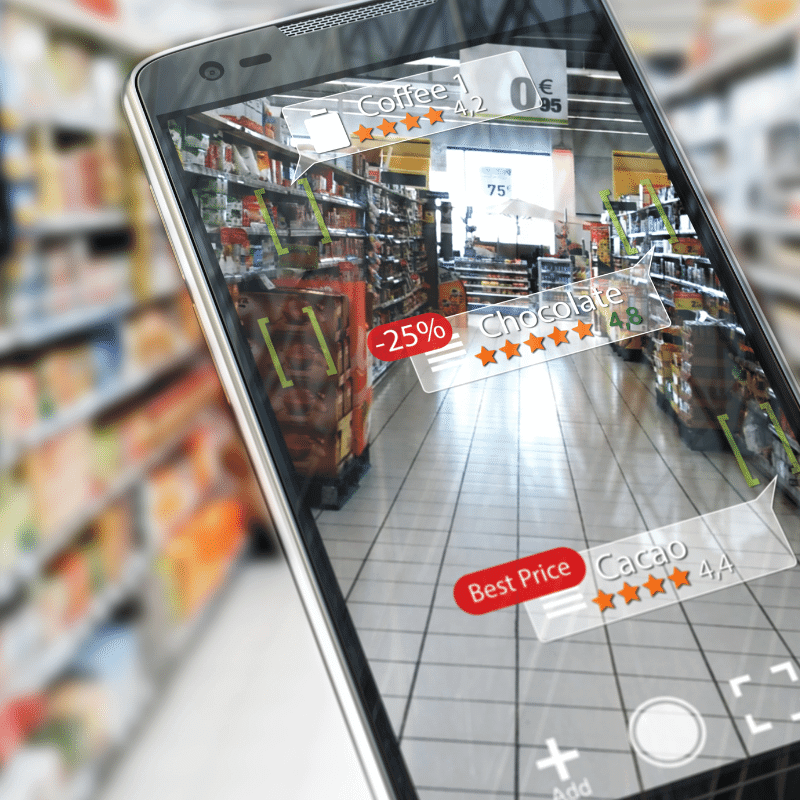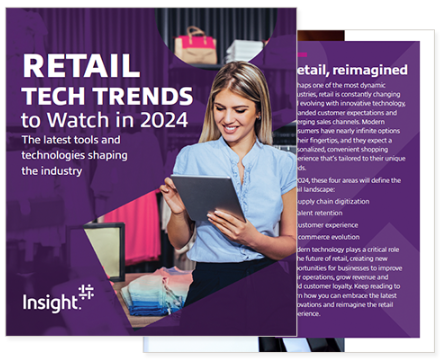Retail, consumer goods, toys, and entertainment face a number of market pressures. It takes a lot of iteration and testing to light a garment or production line, and the speed of marketing is critical to maximizing margins. In a digitally changing world, companies need to find new ways to grab customers’ attention and convey information in compelling ways. Innovative product designs, compelling marketing, and sales campaigns, and providing contextual experiences are powerful tools for generating sales.
With AR, customers can visualize and customize products in 3D while shopping. Customer loyalty through the buying process is becoming increasingly competitive. Augmented Reality enables retailers to compete in new ways with completely new customer experience, resulting in higher sales and higher customer satisfaction.

How Augmented Reality (AR) change consumer & business experience
Increase Consumer Confidence
AR has the unique ability to communicate details about the appearance of a product that cannot be compared to traditional photos. With AR, customers can make more confident purchasing decisions, which means higher customer satisfaction and stronger customer loyalty.
PreShopping Experience
AR helps customers turn their homes into virtual showrooms. Wayfair View in Room 3D and Ikea Place are examples of two augmented reality apps for customers that allow customers to view furniture in their own homes on their smartphones before purchasing.
- Which colored chairs work best with carpets?
- Will the sofa cover the room?
- Does the fridge fit into a kitchen?
This interactive application removes the uncertainty when fully designing furniture or decorations in 3D, clearly shows the customer whether the item is suitable for their particular space, as well as accurate measurement options.
Individualized Experience
In traditional retail, if 100 million people walked through a store, most would make a similar purchase. With AR, retailers can customize the way each consumer feels about a product. Targeted supply at retail stores enables AR shoppers to shop more effectively and privately.
Avoid Language Problems
AR offers many ways to avoid most language problems. Currently, in Google Translate AR mode, users can view text from 40 foreign languages as native speakers. AR content in most printed catalogs offers the option to select information and suggestion language.
AR helps reduce returns
Most of the AR options provide additional information and customization that not only visualize the product, but also help customers make sure they like it.
This option not only helps reduce return statistics, but also increases customer impulse purchases. As such, AR helps companies achieve two main goals: sales and customer satisfaction. Most of them enjoy using AR for shopping and would rather visit stores that have AR than those that don’t.
Summing Up
In the future, AR / VR technology has the greatest potential to enhance consumer travel and increase acceptance. Businesses will be able to expand real-world access to consumers online, in-store, on the go, now, and in new markets where they may not be physically present. You can also actively reach out to individual users where they have a real influence on what they need. The success of delivering a truly enhanced user experience depends on the company’s ability to handle data to create bespoke solutions, as well as its efforts to protect and respect personal data.








